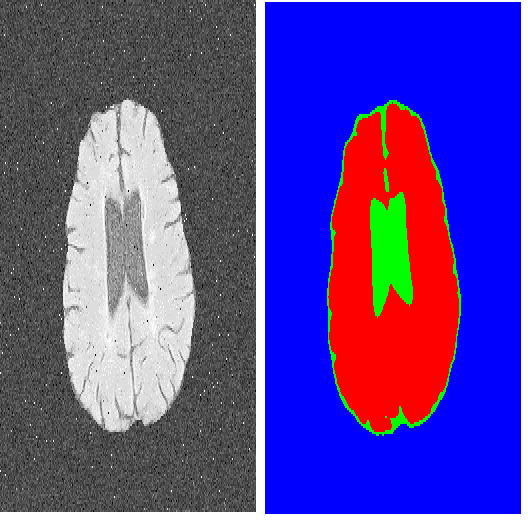Medical image segmentation is inherently uncertain. For a given image, there may be multiple plausible segmentation hypotheses, and physicians will often disagree on lesion and organ boundaries. To be suited to real-world application, automatic segmentation systems must be able to capture this uncertainty and variability. Thus far, this has been addressed by building deep learning models that, through dropout, multiple heads, or variational inference, can produce a set - infinite, in some cases - of plausible segmentation hypotheses for any given image. However, in clinical practice, it may not be practical to browse all hypotheses. Furthermore, recent work shows that segmentation variability plateaus after a certain number of independent annotations, suggesting that a large enough group of physicians may be able to represent the whole space of possible segmentations. Inspired by this, we propose a simple method to obtain soft labels from the annotations of multiple physicians and train models that, for each image, produce a single well-calibrated output that can be thresholded at multiple confidence levels, according to each application's precision-recall requirements. We evaluated our method on the MICCAI 2021 QUBIQ challenge, showing that it performs well across multiple medical image segmentation tasks, produces well-calibrated predictions, and, on average, performs better at matching physicians' predictions than other physicians.
翻译:医学图像的分解本质上是固有的。 对于特定图像来说, 可能有多种可信的分解假设, 医生们往往会在腐蚀和器官界限上意见不一。 为了适合真实世界应用, 自动分解系统必须能够捕捉这种不确定性和变异性。 到目前为止, 已经通过建立深层次的学习模型来解决这个问题, 这些模型通过辍学、 多头或变异的推理, 可以产生一套( 在某些情况下是无限的)任何特定图像的分解假设。 但是, 在临床实践中, 浏览所有假设也许不切实际。 此外, 最近的工作显示, 在一定数量的独立说明之后, 分解变化会高地, 表明足够多的医生群体可以代表整个可能的分解空间。 受此启发, 我们提出了一个简单的方法, 从多位医生的描述中获取软标签, 并训练模型, 在每个图像中, 产生一个单一的、 精确的分解的输出, 并且根据每个应用的精确- 回调要求, 可能是不切实际的。 此外, 我们评估了MICAI 2021 的医生们的计算方法, 进行更好的预测, 跨度, 进行更好的分析。



